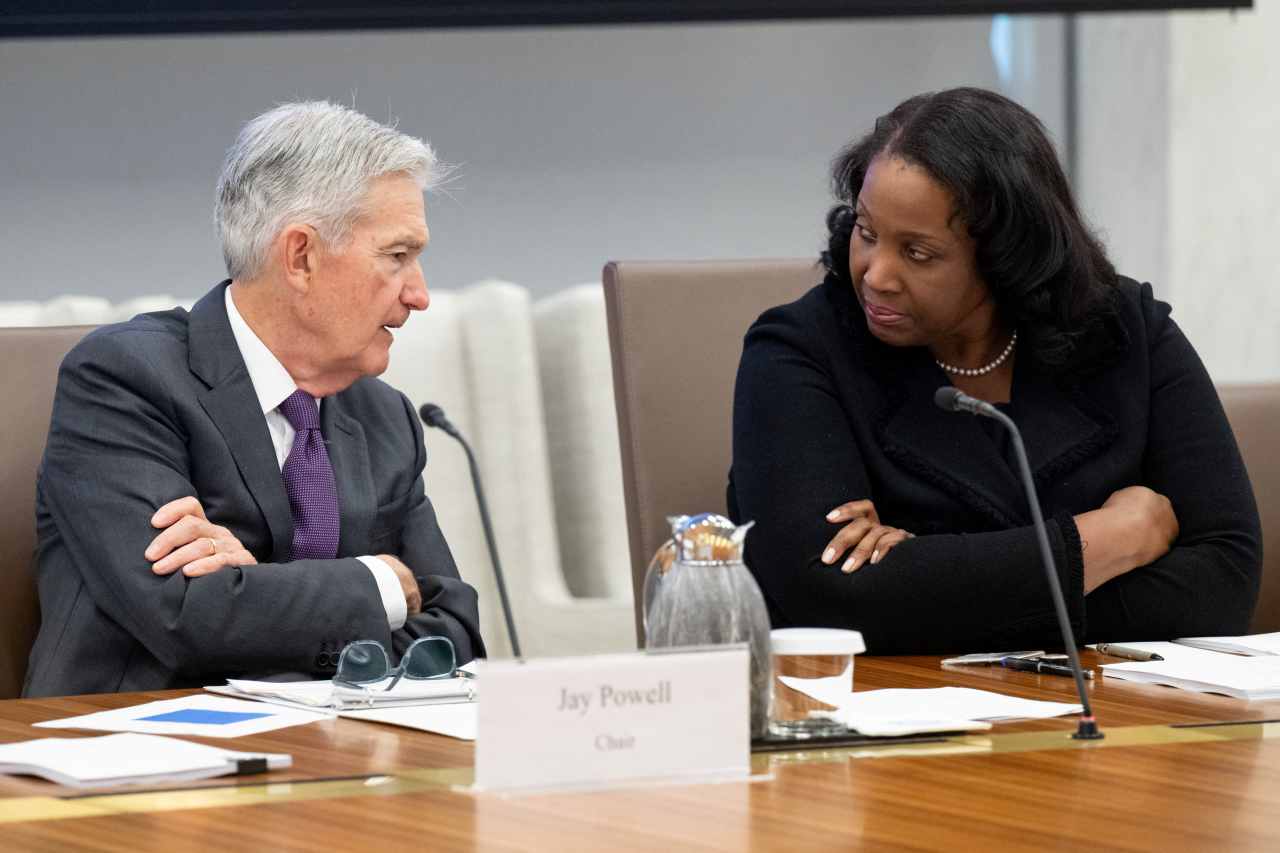For more than a decade, the crypto industry has championed decentralization, transparency, and self-sovereignty. These principles are noble—and in many ways, essential.
But, if we’re honest, they haven’t yet translated into broad, mainstream adoption. The dream of billions of people using blockchain every day is still largely that—a dream. To make it reality, we need to rethink how we build and deliver blockchain-powered experiences.
One of the biggest hurdles is usability. The current dominant interface to blockchain —non-custodial wallets—remains too complex for the average person. Managing private keys, writing down 24-word seed phrases, buying native tokens just to perform transactions, navigating multiple chains, bridging assets, KYC’ing repeatedly for each app, and figuring out how to convert crypto to fiat and back. This is not a user experience built for the mainstream.
We often ask ourselves why Web3 hasn’t “crossed the chasm.” The answer may be simple: most people don’t want to know they’re using a blockchain. And frankly, they shouldn’t have to.
This is where “gated communities” come in.
I use the term gated communities to mean, simply, “urban planning.” A nice setup that is easy to navigate, offers comfort, security, and curated experiences. And in the case of a neighborhood, yes, also behind a protective layer of some kind. In crypto, gated communities are platforms that abstract away blockchain complexity while retaining its benefits.
These environments give users seamless, Web2-style interfaces while the blockchain does the heavy lifting in the background. Custodial wallets, centralized interfaces, and trusted intermediaries are the gatekeepers—not to restrict access to only a special few, but to reduce friction for all.
Critics argue this betrays the ethos of decentralization (“not your keys, not your coins”). But this overlooks the broader opportunity: to onboard millions, even billions, of users through intuitive experiences that build real value and solve real problems for users. Not everyone will start their crypto journey managing a cold wallet. Many will begin inside a safe, guided, user-friendly “gated” experience—and that’s okay.
We can see this with dApps that successfully serve non-crypto natives.
In the U.S., Lofty.ai is quietly transforming real estate investing by using blockchain behind the scenes while delivering a simple, intuitive experience for traditional investors. Users can buy fractional ownership in income-generating properties for as little as $50, receive rental income automatically, and resell their shares at any time.
What’s notable is that Lofty doesn’t attract the typical crypto crowd—it appeals to mainstream real estate investors who want passive income without the legal paperwork, title transfers, or tax headaches typically involved in managing properties. Renters can gradually invest in the property they live in, reducing their monthly rent as their equity grows—eventually becoming full owners. Blockchain enables flexibility and trust; but the user experience is pure Web2 simplicity.
On the other side of the world, in Kabul, HesabPay enables women to buy food and supplies at local shops using simple plastic cards and SMS confirmations. These transactions settle instantly on-chain, providing transparency and traceability to NGOs and donors. But for the women using them, it’s just a card—not a crypto wallet. They never had a bank account and probably will never need one. That’s what success looks like: real-world utility without a steep learning curve.
In Italy, home renters can buy “tokenized” solar panels through Enel’s blockchain-enabled app—even if they live in apartments or can’t install anything physically on their roof. The app tracks the energy generated by those panels elsewhere and deducts it from the user's electricity bill. The blockchain ensures automatic accounting and real-time settlement; the user experience is intuitive, app-based, and familiar.
In online chess, players can now earn rewards for participating in games, tournaments, or contributing to the community—without ever knowing that the loyalty points they’re collecting are blockchain tokens. Worldchess, the official organizer of the FIDE Grand Prix, has launched a blockchain-based rewards program that allows players to accumulate and redeem points simply by playing and engaging. The underlying infrastructure ensures transparency and portability, but for the users, it feels like any other modern loyalty program. The technology is invisible—the experience is seamless.
These examples demonstrate that blockchain is not a product. It’s an infrastructure layer.
And like all great infrastructure, its job is to disappear.
Over time, we believe these gated communities will serve as ramps—onboarding users gradually into more decentralized, self-sovereign experiences. But to get there, we need a new generation of tools that marry user control with ease of use.
Self-custody will evolve. Social recovery mechanisms (like those being developed by the DeRec Alliance) will make it possible to recover wallets without remembering seed phrases. Verifiable credentials will let users carry their identity securely across apps and services, enabling one-time KYC that persists across platforms. And complete fee abstraction will mean users never need to touch native gas tokens unless they want to. You’ll sign in and approve transactions with your fingerprint, and access any app without even realizing you’re interacting with a blockchain.
That’s the path forward: a world where the blockchain fades into the background, and delightful, safe, user-centric experiences come to the fore.
If we’re serious about mainstream adoption, we must stop building for crypto-native users alone. The future belongs to builders who can merge the best of Web2 design with the power of Web3 infrastructure—without making users choose between them. Gated communities are not the end-goal. But they are the best way to get millions of people in the door.
And once they’re in, we can invite them to explore everything else that the open world of blockchain has to offer.

 2 months ago
74
2 months ago
74








 English (US) ·
English (US) ·